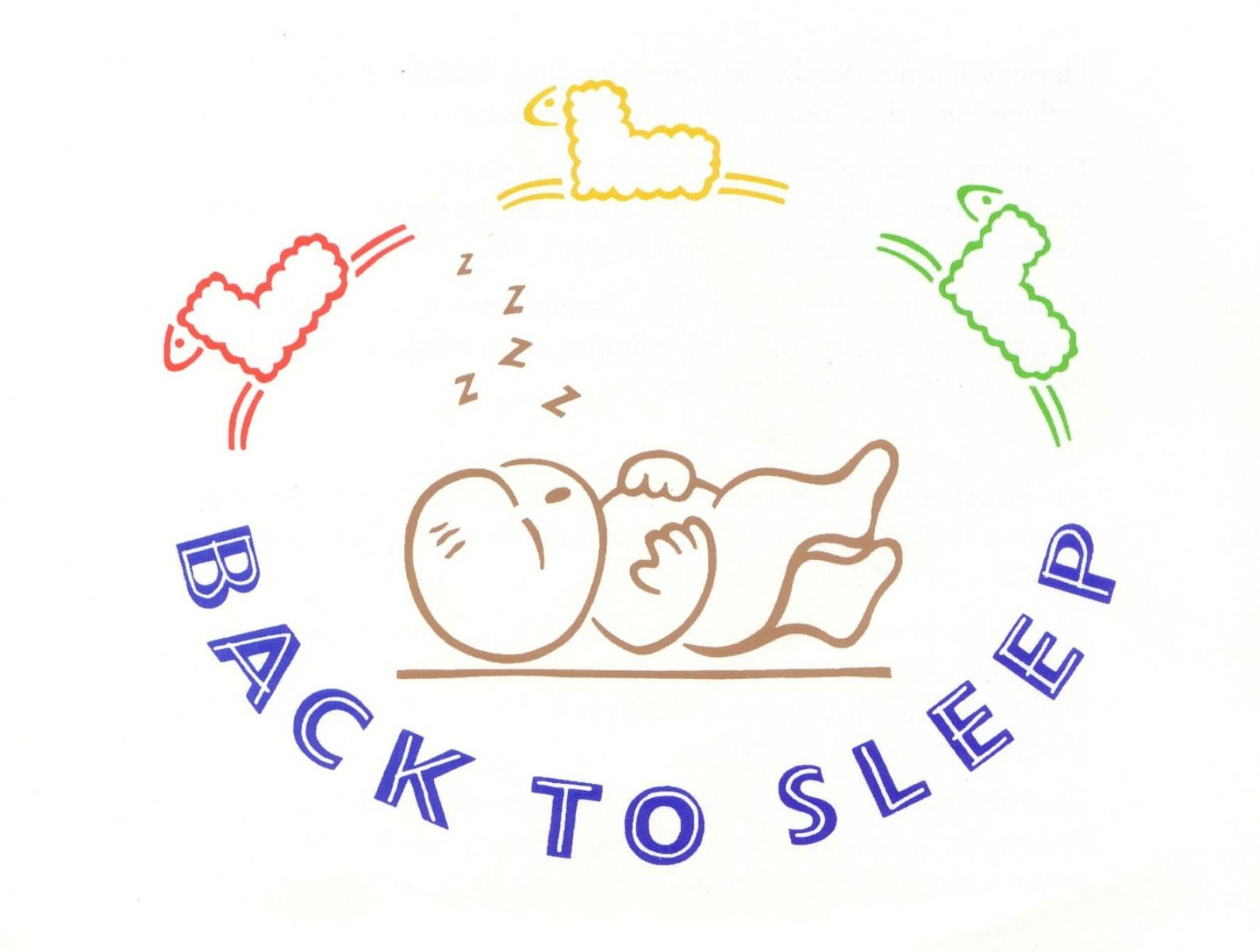Crosswalk to Healthy Beginnings
This activity supports development in relation to the following Healthy Beginnings indicators:
- Personal/Social A1, A3
- Language Development A1, B2
- Cognitive A1
- Physical Development A1
Bedtime Activity: Birth to 4 Months
After burping your baby from her feeding, select a simple book to read together or sing her a lullaby in a soft, soothing voice. She'll enjoy hearing your voice. As you place her in her crib/bassinet, you can also sing "goodnight" to the important people in her life (e.g., "Goodnight, Grammy."). A lot of babies this age love mobiles with soft lights and music, so if you have one, turn it on for her. Toward the end of this age range, you may notice that she tries to reach for the mobile objects with her hands or kick them with her feet!
Possible Intervention Strategies & Supports
- Swaddling can to help your baby organize her body for self-soothing/self-calming prior to falling sleeping. Keep in mind though that swaddling the wrong way can cause hip dislocation. Click here to read the American Academy of Pediatrics recommendations for safe swaddling.
- Use nursery rhymes with repetition that you can accent with gestures or by tickling your baby to encourage interaction and responses.
- If your baby has special equipment due to an orthopedic or other medical condition, talk to your doctor and/or therapist about needing any specialized sleep positioning accommodations or modifications.
Tips

Make sure that you always place your baby on her back when you put her to sleep. If she enjoys being swaddled to help her fall asleep, just be sure to take the blanket off before placing her in her crib or bassinet. In fact, you shouldn't place anything at all in the crib with your baby, such as pillows, stuffed toys, or even crib bumpers. These have a potential to be smothering hazards. Also, the U.S. Centers for Disease Control and Prevention advise against children of any age sleeping in the same bed as their parents (known as "cobedding"). It is a safety concern and has the potential to cause challenging behaviors during bedtime routines.
Family Handout
Click here to download an editable one-page handout of this age range's bedtime activity, interventions, and tips.



